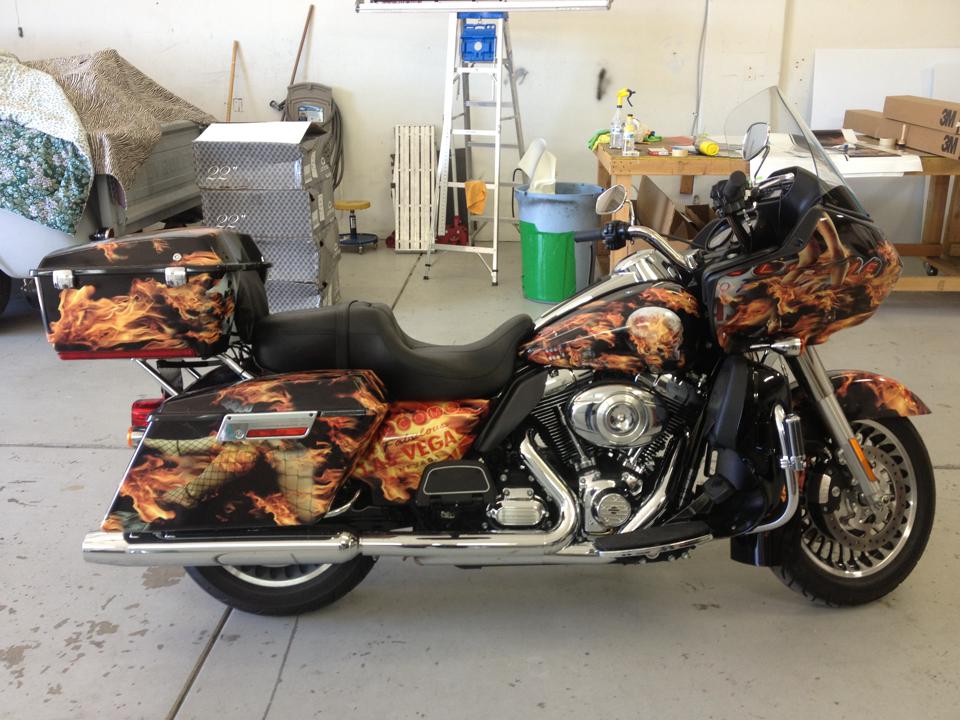Welcome to the adrenaline-fueled world of dirt biking! I’m Maverick Ryder, a seasoned rider and your guide on this exhilarating journey through the rough terrains, where I’ll be sharing valuable tips and techniques for dirt bike suspension setup to ensure an optimal riding experience. As a dedicated member of the Dirt Bike Vault community, I’ve experienced the thrill of navigating through rugged terrains, the satisfaction of mastering challenging trails, and the joy of sharing these moments with fellow enthusiasts.
Dirt biking is more than a sport; it’s a lifestyle that brings people together, bound by a passion for adventure and the great outdoors.
Here at Dirt Bike Vault, we understand that starting your dirt biking adventure can be both exciting and daunting.
That’s why I’m here to offer you a comprehensive guide filled with insider tips, practical advice, and personal anecdotes to ensure your transition from a curious beginner to a confident rider is as smooth and enjoyable as possible.
We’ll explore everything from selecting the perfect bike that resonates with your spirit to understanding the nuances of dirt bike mechanics. You’ll learn how to navigate the vast world of biking gear, including dirt bike suspension tuning, setup tips, adjustment guide, tutorial, and techniques.
Click here to learn more about: dirtbikevault.com
How important is dirt bike suspension setup
One important aspect of dirt bike suspension setup is finding the right balance between compression and rebound damping, which can be achieved through following the dirt bike suspension setup steps. Compression damping controls how quickly the suspension compresses when hitting an obstacle, while rebound damping controls how quickly it extends back to its normal position after compression.
By adjusting these settings, riders can optimize their bike’s suspension for different terrains and riding styles.
Another crucial element of suspension setup is setting the sag.
Sag refers to the amount the suspension compresses under the weight of the rider. By properly setting the sag, riders can ensure that their bike’s suspension is properly balanced and responsive. This can greatly improve handling by following the dirt bike suspension setup instructions.
Key factors to consider when setting up dirt bike suspension
When setting up dirt bike suspension, there are several key factors to consider such as the dirt bike suspension setup for offroad riding, motocross, trail riding, or jumps, especially for beginners. First, think about the type of riding you’ll be doing.
For off-road riding, a firmer suspension setup is usually recommended to handle rough and uneven terrain.
If you primarily ride motocross tracks, a softer setup can improve traction and maneuverability.
Trail riding may require finding a balance between firmness and softness to handle various conditions.
Another factor to consider is your weight.
Heavier riders may need stiffer settings, while lighter riders may benefit from softer settings. Lastly, jumps require a suspension setup that can handle the impact and provide stability.
By considering these factors, you can optimize your dirt bike suspension for a safe and enjoyable riding experience.
Factors to Consider for Dirt Bike Suspension Setup
- A firmer suspension setup is recommended for off-road riding to handle rough and uneven terrain.
- A softer suspension setup can improve traction and maneuverability for motocross tracks.
- Trail riding may require finding a balance between firmness and softness to handle various conditions.
- Heavier riders may need stiffer suspension settings, while lighter riders may benefit from softer settings.
- Jumps require a suspension setup that can handle the impact and provide stability.
Common mistakes to avoid when setting up dirt bike suspension
When it comes to setting up dirt bike suspension, it’s important to avoid some common mistakes that can hinder your bike’s performance, especially when considering different terrains and rider weights. One such mistake is neglecting the measurement of sag.
Sag refers to the compression of the suspension when the rider is sitting on the bike.
Getting the sag measurement right is crucial because it directly affects the bike’s stability, handling, and overall performance.
Another common mistake is overlooking the adjustments for rebound and compression. These settings control how quickly the suspension extends and compresses, respectively.
Ignoring these adjustments can result in a harsh or unresponsive ride.
Riders often make the mistake of using the same suspension setup for different terrains and riding styles. Different terrains require specific suspension setups, and your riding style, whether aggressive or relaxed, also plays a role in suspension, such as the dirt bike suspension setup for cornering or the dirt bike suspension setup for different terrains, rider weights, skill levels, or racing.
Improving dirt bike suspension for off-road riding
When it comes to improving the suspension of your dirt bike for offroad riding, there are several important factors to consider, such as the dirt bike suspension setup for stability and a smooth ride. It’s crucial to understand the various components of your bike’s suspension setup in order to make informed decisions about adjustments and upgrades.
You should also evaluate your riding style, terrain preferences, and skill level to determine the ideal suspension tuning for your specific needs.
Regular maintenance, such as checking and adjusting the sag, is essential for optimal performance.
Investing in aftermarket suspension components or seeking professional assistance can greatly enhance your dirt bike’s offroad capabilities. By following these steps, you can enjoy a smoother and more controlled ride on any type of terrain.
Techniques for adjusting dirt bike suspension
When it comes to achieving optimal performance and comfort on your dirt bike, adjusting the suspension for harsh conditions is key. Fine-tuning the sag measurement and making damping adjustments are just a couple of techniques that can greatly impact your ride.
Whether you’re tackling harsh conditions or navigating wet, dry, rocky, or sandy terrain, a properly adjusted dirt bike suspension can make all the difference.
Understanding the specific needs of your bike and consulting professionals or experienced riders can ensure that your suspension setup is tailored to your riding style and the conditions you encounter.
Experience improved handling, stability, and overall enjoyment on your dirt bike adventures with a properly adjusted suspension.
Tips for setting up dirt bike suspension for motocross racing
Dirt bike suspension setup for muddy terrain requires crucial rebound damping and preload adjustments. By increasing compression damping, you can prevent bottoming out and maintain stability at high speeds.
Adjusting rebound damping ensures quick response to terrain changes, providing a smooth ride.
Another important aspect is adjusting the preload, which affects handling and stability.
Increase preload for better responsiveness and minimize bottoming out. Decrease preload for a more comfortable ride on rough terrain.
Remember, finding the perfect setup may require some trial and error, so take the time to test different adjustments. If needed, seek guidance from a knowledgeable source.
Optimizing dirt bike suspension for different terrains
In dirt bike suspension setup, the choice of setup for aggressive riding can greatly affect the overall performance. The tire pressure should be adjusted based on the terrain and rider preference.
Higher tire pressure is recommended for hard-packed surfaces, as it provides better stability and reduces the risk of pinch flats.
On the other hand, lower tire pressure is preferred for softer terrains like sand or mud, as it improves traction and allows the tire to conform to the ground better.
It’s important to note that suspension tuning is a continuous process, as different terrains and riding styles may require adjustments. Proper maintenance and regular inspection of the suspension components are also crucial for optimal performance.
Riders should check for any leaks, worn-out parts, or signs of damage that may affect the suspension’s functionality. Optimizing dirt bike suspension involves considering factors such as sag setting, compression and rebound damping, whether it is for long straights, high speeds, low speeds, aggressive riding, or casual riding.
The step-by-step process of setting up dirt bike suspension
When it comes to setting up your dirt bike suspension, there are several crucial steps to follow for optimal performance and a smooth ride, whether you’re preparing for endurance races, motocross races, cross country races, freestyle jumps, or trail jumps. One important aspect is determining the correct sag, which is the amount the suspension compresses under the rider’s weight.
This measurement helps adjust the preload on the suspension to achieve the desired sag, improving the bike’s balance and responsiveness.
Adjusting the compression and rebound damping enhances the bike’s ability to absorb bumps and maintain stability.
It is also essential to properly adjust the spring rate to match your weight and riding style. By meticulously setting up your dirt bike suspension, you can enhance your riding experience in various racing disciplines.
Setting Up Dirt Bike Suspension
- Proper sag adjustment improves the bike’s balance and responsiveness, allowing for better control and handling.
- Correctly adjusting the compression and rebound damping helps the suspension absorb bumps and maintain stability, resulting in a smoother ride.
- Matching the spring rate to your weight and riding style ensures optimal suspension performance, maximizing comfort and control.
- A meticulously set up dirt bike suspension enhances the riding experience in various racing disciplines, such as endurance races, motocross races, cross country races, freestyle jumps, and trail jumps.



